Getting to Know More About Micro Inverters
Micro inverters are like puzzle pieces, each essential to the overall picture. Understanding micro inverters and their uses is an important task for any student of energy technology. This article provides an overview of what micro inverters are and how you can use them in renewable energy applications.
Micro inverters are small electronic devices that convert direct current (DC) electricity from solar panels into alternating current (AC). They provide users with greater flexibility than traditional string-style systems by allowing them to connect multiple modules with different orientations or power outputs on the same circuit.
Additionally, they enable higher levels of efficiency due to their ability to track maximum power point tracking (MPPT). These features make them ideal for use in residential solar installations as well as larger grid-scale photovoltaic systems.
What Are Micro Inverters?
Microinverters are electronic devices that convert direct current (DC) from a solar panel into alternating current (AC). They have the ability to improve the efficiency of photovoltaic systems.
Microinverters offer an alternative to traditional inverter designs, which use a single large inverter for multiple solar panels connected in series or parallel. Each microinverter has the ability to optimize the performance of one individual solar module, allowing each module to operate independently and at its maximum potential.
This means that if one module underperforms due to shading, dust accumulation, or other environmental factors, it won’t affect the output of the remaining modules as they will still be operating optimally. Additionally, since the power conversion takes place within each unit, there is no need for long cables between modules and inverters, resulting in fewer components and less complexity overall.
The combination of increased energy production, better system reliability, reduced installation costs and improved safety makes microinverters an attractive option when considering new PV systems or upgrading existing ones. Moving forward, you need to do more research on how their advanced features can further unlock the potential of rooftop-mounted solar installations.
With this knowledge we can determine how best to leverage these benefits for applications such as residential homes and larger commercial projects. Such exploration will pave the way for broader adoption of microinverters across various markets worldwide.
Benefits of microinverters include higher energy yields compared with traditional string inverters; greater flexibility during design and installation; enhanced reliability by distributing all electrical connections over many small units instead of just one; simpler wiring requirements; faster commissioning times; lower maintenance costs; improved safety; easier scalability; and unparalleled monitoring capabilities down to module level granularity.
Benefits Of Micro Inverters
Micro inverters offer a number of advantages over traditional string inverters.
The most obvious advantage is that each individual solar panel has its own dedicated micro inverter, which allows for more efficient energy production in systems with multiple panels. This capability is particularly beneficial when shade or other obstructions affect one or more panels individually.
Additionally, you can monitor the output from each panel separately through the use of an internet connection and data logging software, allowing users to identify any issues as they arise.
Due to their small size and light weight construction, you can also install micro inverters on existing structures such as roofs or walls without needing additional support beams.
Furthermore, installation costs are generally lower compared to those associated with string inverters since fewer components are required and the process itself tends to take less time overall.
Lastly, many micro inverters have improved safety features designed to protect both personnel working onsite as well as home occupants living nearby from potential electric shocks and hazardous conditions due to increased voltage levels.
The benefits provided by micro inverters make them ideal solutions for residential applications seeking easy installation, reliable performance monitoring capabilities, cost savings, and enhanced electrical safety measures.
As such, it is no surprise that these devices continue to gain popularity around the world for residential photovoltaic installations.
With this in mind, exploring how best to apply micro inverters can help maximize the efficiency gains offered by these innovative devices.
Applications Of Micro Inverters
Micro inverters are electronic devices that enable an array of photovoltaic (PV) modules to operate independently. The benefits gained from these small, low-cost devices can be significant in terms of delivering maximum energy output from a PV system. They also offer advantages over conventional string inverter systems, including improved performance and reliability.
The applications for micro inverters range from residential rooftop installations to large utility projects. Homeowners benefit from the ability to monitor their solar production on a module level, while utilities take advantage of microinverter’s grid support capabilities such as reactive power compensation and voltage regulation.
Additionally, they provide increased safety by isolating high DC voltages found in traditional stringed arrays and allow for the connection of different types of solar panels without having to worry about mismatched panel characteristics affecting the overall performance of the array.
Given its many advantages and wide variety of uses, micro inverters have become increasingly popular among both commercial and residential users alike. As more people learn about the numerous benefits provided by this technology, its use will only continue to grow. This makes it important for those interested in installing a PV system to understand how microinverters work so they can choose the right solution for their needs.
How Do Micro Inverters Work?
Micro inverters are becoming increasingly popular as a means of converting solar energy into electricity. As the name implies, they are small electronic devices that convert direct current (DC) from a photovoltaic system into alternating current (AC), so you can use it in residential and commercial applications.
The following explains how micro inverters work:
- First, sunlight is collected by solar panels and converted to DC power.
- This DC power is then fed through an AC/DC converter box, which changes the voltage level as needed for use with household appliances or other equipment.
- After this conversion process takes place, the AC power flows through a switching device called an inverter, which adjusts its output frequency accordingly to match local grid standards.
- Finally, the resulting AC power you can use to operate electrical devices or store in batteries for later use when there isn’t enough sunshine available to generate power directly from solar panels.
The advantages of using micro-inverters extend beyond just their relatively low cost and ease of installation over traditional central inverters; they also allow each individual panel within a larger array you need to monitor separately, allowing installers to more easily identify underperforming modules thus ensuring optimal performance overall.
Additionally, due to their smaller size and distributed architecture, micro-inverters have become an attractive option when dealing with complex installations where space constraints make centralized solutions impractical or impossible.
Advantages Of Using Micro Inverters
The sun, a symbol of life and energy, is the source of power for micro inverters. As technology advances, so does our ability to harness the sun’s rays to create energy in more efficient ways. Micro inverters are a type of solar photovoltaic (PV) system designed to convert direct current electricity from each individual PV panel into alternating current that can be used by home appliances or fed back into the utility grid.
This advanced technology provides many advantages over traditional string inverter systems. One advantage of using micro inverters is their flexibility with regard to layout design options compared to string inverters. They enable modules with different orientations and wattage ratings together without having to adjust any wiring or settings on the existing system setup. Furthermore, if one module fails due to shading or other external factors, the entire system will not become compromised as it would with a string inverter-based set up.
For homeowners interested in maximizing their solar savings potential, micro inverters offer a much higher efficiency rating than standard string inverters. By optimizing voltage output at an individual level across all panels within the system, they allow for maximum power extraction from every module regardless of weather conditions such as shade which may affect some but not all of them simultaneously. Additionally, because these devices work independently from each other they require less maintenance while still providing consistent performance throughout its lifespan.
Frequently Asked Questions
What Is The Cost Of Installing A Micro Inverter?
The cost of installing a micro inverter depends on the number and size of solar panels, the type of mounting system used and other additional components.
The installation costs can vary significantly from one installation to another due to numerous factors such as complexity and difficulty in reaching difficult areas or working at heights.
As a general rule, it is estimated that the total cost for equipment and labor for a typical residential solar panel array with micro inverters will range between $2.50 and $4 per watt before any applicable tax credits or incentives are taken into account.
How Long Do Micro Inverters Typically Last?
Micro inverters are a cost-effective and efficient tool for solar energy generation, with typical lifespans of between 10 to 25 years.
This is due to their robust design, as these devices feature no moving parts that can break or fail over time.
Furthermore, micro inverters have been proven to be up to 99.5% reliable when installed correctly in the right environment and maintained properly.
With such impressive longevity, micro inverters provide homeowners and businesses with an attractive long-term option for renewable energy production.
Are Micro Inverters Suitable For All Types Of Solar Panels?
Micro inverters are designed to be compatible with most types of solar panels, including monocrystalline, polycrystalline and thin-film.
This allows customers to choose the right type of panel for their needs without any additional compatibility issues arising.
However, in some cases it may be necessary to check with the manufacturer or installer if there is any doubt as to whether a particular micro inverter model is suitable for a given solar panel.
Are Micro Inverters Compatible With Existing Energy Management Systems?
Micro inverters are compatible with existing energy management systems, allowing for greater flexibility and control of the solar system.
This compatibility enables users to take advantage of features such as remote monitoring and data analysis capabilities in order to maximize their return on investment from their home or business’s photovoltaic (PV) installation.
The ability to integrate micro inverters into an existing energy management system also allows for easier tracking and maintenance of a PV array while providing more granular information regarding individual panel performance.
Additionally, by connecting multiple micro inverters together, homeowners can create larger arrays that allow them to optimize their solar production throughout the day.
What Are Safety Features in Micro Inverters?
Micro inverters are designed with safety features to ensure they remain reliable and safe during their operation.
These features commonly include:
- Over-temperature protection, which is essential in preventing the unit from overheating.
- Short circuit protection, which prevents damage due to excessive current flow through the device.
- Reverse polarity detection, effectively detecting any incorrect wiring.
- Ground fault interrupting technology that can immediately disconnect power when a dangerous condition exists.
Additionally, many micro inverters also have surge protection built into them for added security against potential electrical disturbances.
Conclusion
Micro inverters are a cost-effective and reliable option for improving the efficiency of solar panel systems, making them an increasingly popular choice for residential and commercial applications alike. With their small size and built-in safety features, you can easily integrate micro inverters into existing energy management systems.
Additionally, they offer longevity that is unparalleled in other types of solar equipment; some models have been known to last up to 25 years. As such, it stands to reason that there has never been a better time than now to reap the benefits of micro inverter technology. While its advantages may seem too good to be true, rest assured – micro inverters are here to stay!
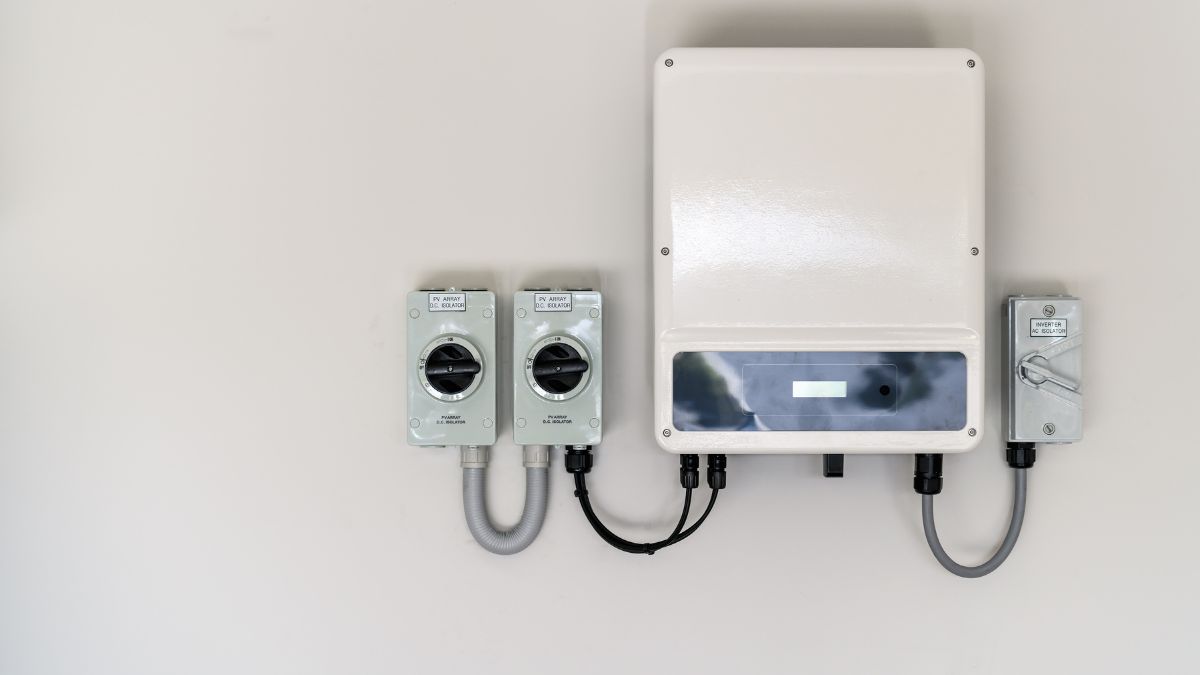
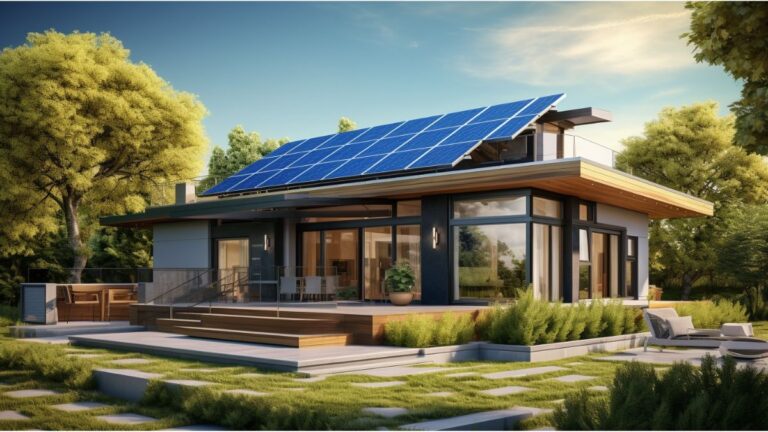
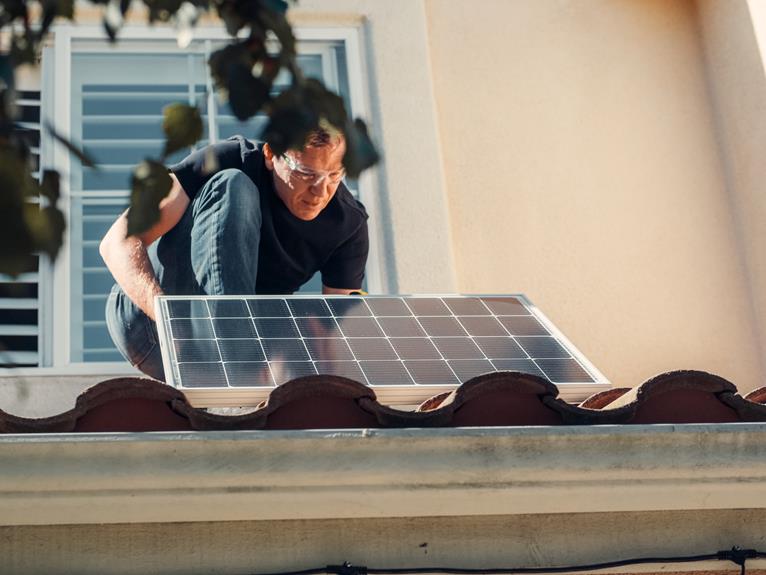
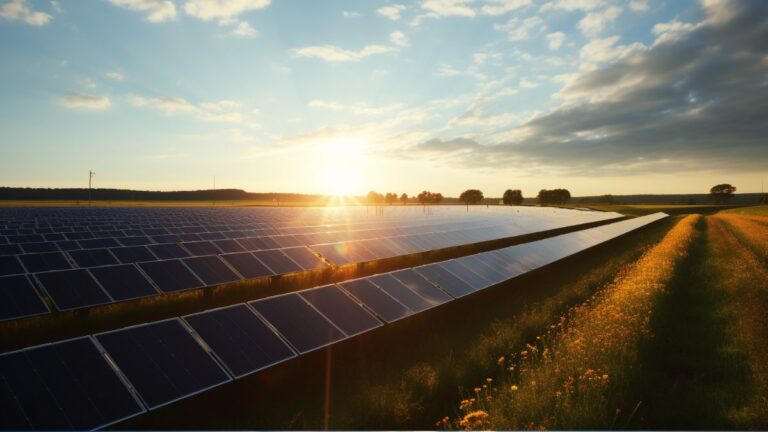
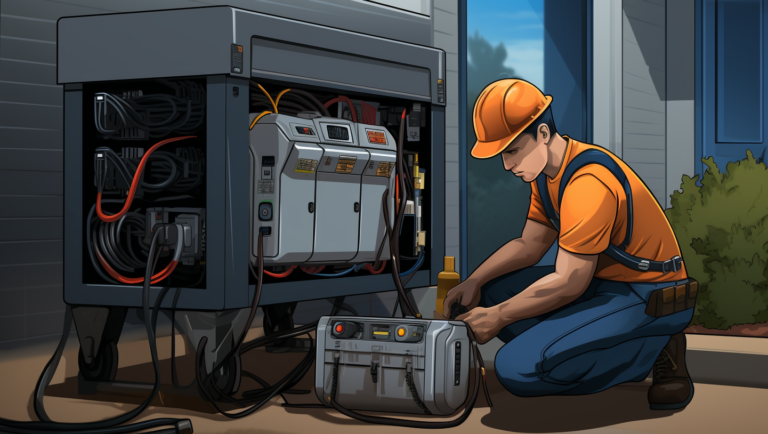
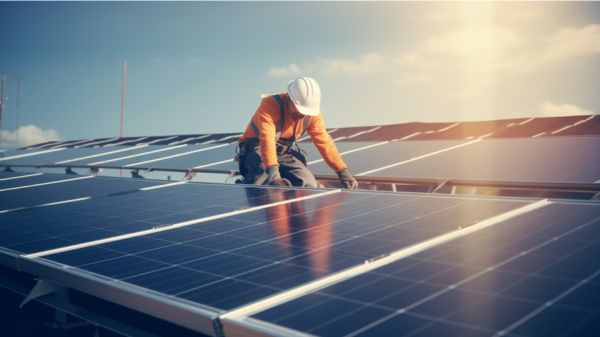
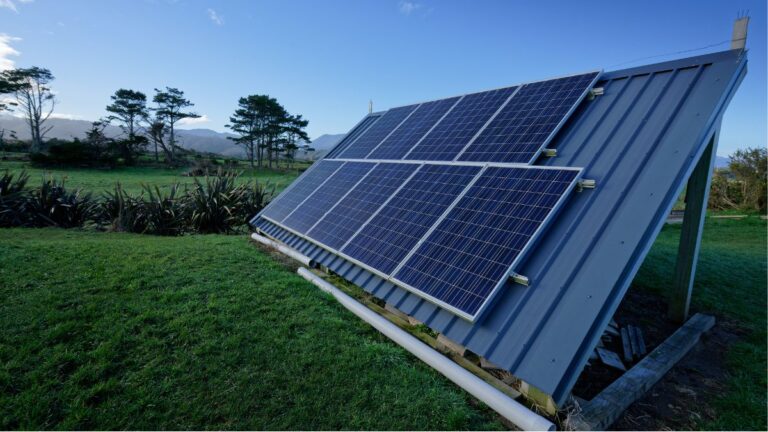
3 Comments
Comments are closed.